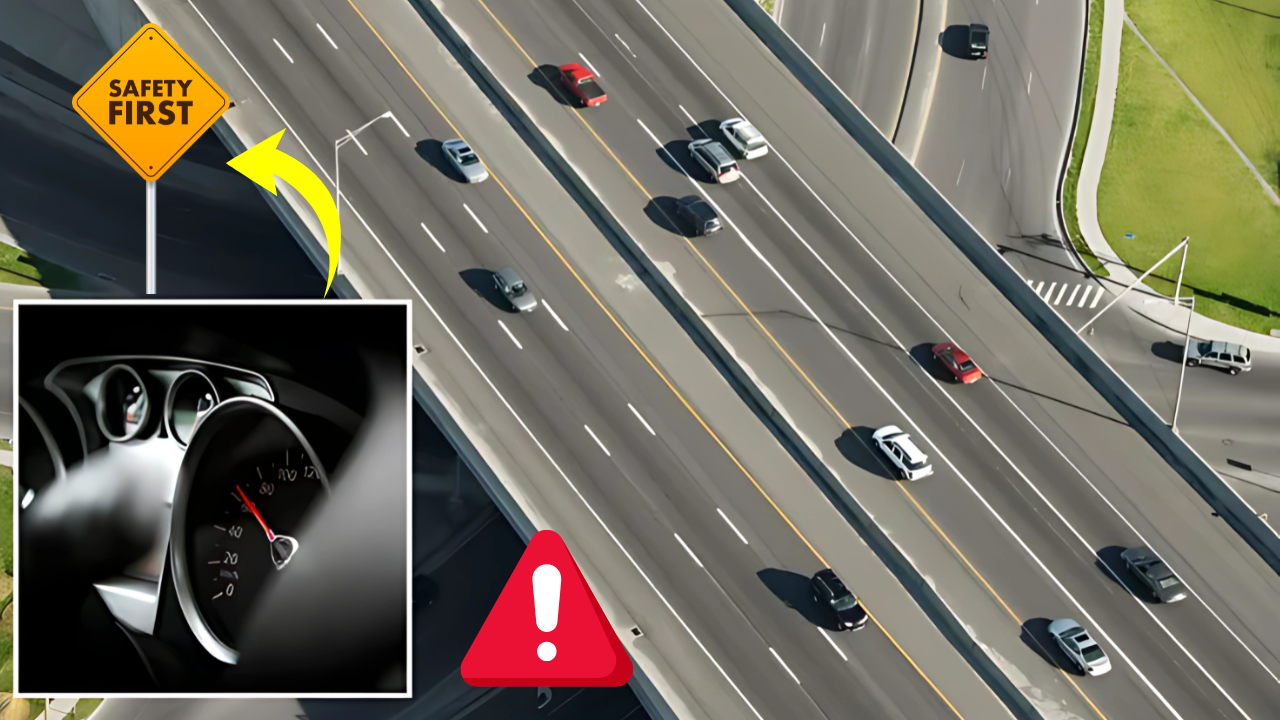For Australians living or traveling abroad, Services Australia ensures continued access to government benefits such as pensions and supplements. This guide covers payment schedules, rates, allowable income and assets, and practical tips for managing your payments from overseas. Centrelink payments schedule, rates, and rules for Australians receiving government benefits while living or traveling outside Australia.
Also Read:- Centrelink Changes Coming Next Week: Payment Boost Confirmed
Payment Schedule and Delivery While Overseas
When you reside or travel outside Australia long term, your government payments are typically issued every four weeks. The payment schedule is designed to provide financial stability, with clear dates for when payments are issued, deposited, and the period they cover.
How Payments Are Issued
-
Direct Deposit: Most payments are made directly into your bank account, either in Australia or overseas. Payments are usually available within six days of being issued.
-
Cheque Payments: In exceptional cases, payments may be made by cheque. Cheques are sent in local currency or US dollars and can take 14 to 20 days to arrive by post. Clearing times vary: local currency cheques take about two weeks, while US dollar cheques can take up to four weeks to clear1.
Payment Schedule Table
| Payment Issue Date | Direct Deposit Date | Cheque Payment Date | Payment Covers Period |
|---|---|---|---|
| 17 Oct 2024 | 23 Oct 2024 | 6 Nov 2024 | 19 Sep – 16 Oct 2024 |
| 14 Nov 2024 | 20 Nov 2024 | 4 Dec 2024 | 17 Oct – 13 Nov 2024 |
| 12 Dec 2024 | 18 Dec 2024 | 1 Jan 2025* | 14 Nov – 11 Dec 2024 |
| 9 Jan 2025 | 15 Jan 2025 | 29 Jan 2025 | 12 Dec 2024 – 8 Jan 2025 |
| 6 Feb 2025 | 12 Feb 2025 | 26 Feb 2025 | 9 Jan – 5 Feb 2025 |
| 6 Mar 2025 | 12 Mar 2025 | 26 Mar 2025 | 6 Feb – 5 Mar 2025 |
| 3 Apr 2025 | 9 Apr 2025 | 23 Apr 2025 | 6 Mar – 2 Apr 2025 |
| 1 May 2025 | 7 May 2025 | 21 May 2025 | 3 Apr – 30 Apr 2025 |
| 29 May 2025 | 4 Jun 2025 | 18 Jun 2025 | 1 May – 28 May 2025 |
| 26 Jun 2025 | 2 Jul 2025 | 16 Jul 2025 | 29 May – 25 Jun 2025 |
| 24 Jul 2025 | 30 Jul 2025 | 13 Aug 2025 | 26 Jun – 23 Jul 2025 |
| 21 Aug 2025 | 27 Aug 2025 | 10 Sep 2025 | 24 Jul – 20 Aug 2025 |
| 18 Sep 2025 | 24 Sep 2025 | 8 Oct 2025 | 21 Aug – 17 Sep 2025 |
| 16 Oct 2025 | 22 Oct 2025 | 5 Nov 2025 | 18 Sep – 15 Oct 2025 |
| 13 Nov 2025 | 19 Nov 2025 | 3 Dec 2025 | 16 Oct – 12 Nov 2025 |
| 11 Dec 2025 | 17 Dec 2025 | 31 Dec 2025 | 13 Nov – 10 Dec 2025 |
*Note: Cheque payments may be delayed during peak holiday periods1.
Pension Rates and Supplements for Australians Abroad
The following table outlines the maximum basic rate and Basic Pension Supplement for individuals living outside Australia, effective from 20 March 2025.
Pension and Supplement Rates Table
| Rate Type | Single (A$/yr) | Couple Both Eligible (A$/yr) | Couple One Eligible (A$/yr) | Couple Separated (A$/yr) |
|---|---|---|---|---|
| Maximum Basic Rate | 27,333.80 | 41,210.00 | 20,605.00 | 27,333.80 |
| Basic Pension Supplement | 754.00 | 1,242.80 | 621.40 | 754.00 |
| Total | 28,087.80 | 42,452.80 | 21,226.40 | 28,087.80 |
Actual payment rates may vary depending on individual circumstances1.
Allowable Income and Assets While Overseas
Eligibility for full or part pensions is determined by your income and assets. The following tables provide guidelines for allowable income and assets while living outside Australia.
Allowable Income Table
| Pension Type | Single (A$/yr) | Couple Both Eligible (A$/yr) | Couple One Eligible (A$/yr) | Couple Separated (A$/yr) |
|---|---|---|---|---|
| Full Pension | ≤5,512.00 | ≤9,672.00 | ≤9,672.00 | ≤9,672.00 |
| Part Pension | <61,687.60 | <94,577.60 | <94,577.60 | <122,023.20 |
Allowable Assets Table
| Pension Type | Homeowner (A$) | Non-Homeowner (A$) | Couple Both Eligible (A$) | Couple Separated (A$) |
|---|---|---|---|---|
| Full Pension | ≤314,000 | ≤566,000 | ≤470,000 | ≤470,000 |
| Part Pension | <674,250 | <926,250 | <1,014,500 | <1,190,500 |
*For non-homeowners, higher asset thresholds apply1.
Deeming Rates and Thresholds
Deeming rules are used to calculate the income from your financial assets, regardless of actual earnings.
Deeming Rates and Thresholds Table
| Deeming Rate | Single (A$) | Couple Both Eligible (A$) | Couple Separated (A$) |
|---|---|---|---|
| Threshold | 62,600 | 103,800 | 103,800 |
| Rate Below Threshold | 0.25% | 0.25% | 0.25% |
| Rate Above Threshold | 2.25% | 2.25% | 2.25% |
How Payment Rates Are Calculated
Payment rates are determined using both the income and assets tests. The test resulting in the lower rate (or nil rate) is applied. Special rules apply to certain types of income and assets.
-
No Income or Assets Test: If you are permanently blind, these tests do not apply.
-
Reduced Rate: Your rate may be reduced based on your length of Australian residency.
-
Transitional Rate: Some customers may be eligible for a transitional rate based on pre-September 2009 rules. If the current rate is higher, the transitional rate is not used1.
Work Bonus and Disability Support Pension
-
Work Bonus: Allows eligible individuals to earn more income from work without affecting their pension. Not applicable to transitional rates or Parenting Payment Single.
-
Disability Support Pension: Different rates apply if you are under 21 and have no dependent children1.
Managing Payments from Overseas
Direct Deposit Payments
-
Preferred Method: Direct deposit is the safest and fastest way to receive your payments.
-
Currency: Payments into Australian bank accounts are in AUD; payments into foreign accounts are in local currency or USD.
-
Form Required: Complete an International Bank Account Form for overseas accounts1.
Cheque Payments
-
Issued in: Local currency or USD.
-
Delivery Time: 14–20 days by post.
-
Clearing Time: 2 weeks for local currency, up to 4 weeks for USD cheques.
-
Lost or Delayed Cheques: Contact Services Australia if you do not receive your cheque within 20 days1.
Authorizing Someone to Act on Your Behalf
You can nominate a person or organization outside Australia to deal with Services Australia on your behalf. Complete the relevant form to authorize them1.
Frequently Asked Questions (FAQs)
1. How often are payments made to Australians living overseas?
Payments are made every four weeks for those living or traveling outside Australia long term.
2. What should I do if I don’t receive my payment?
If you do not receive your direct deposit within 10 days or your cheque within 20 days, contact your bank or Services Australia.
3. Can I have someone manage my payments for me while I’m overseas?
Yes, you can authorize a person or organization to act on your behalf by completing the appropriate form.

